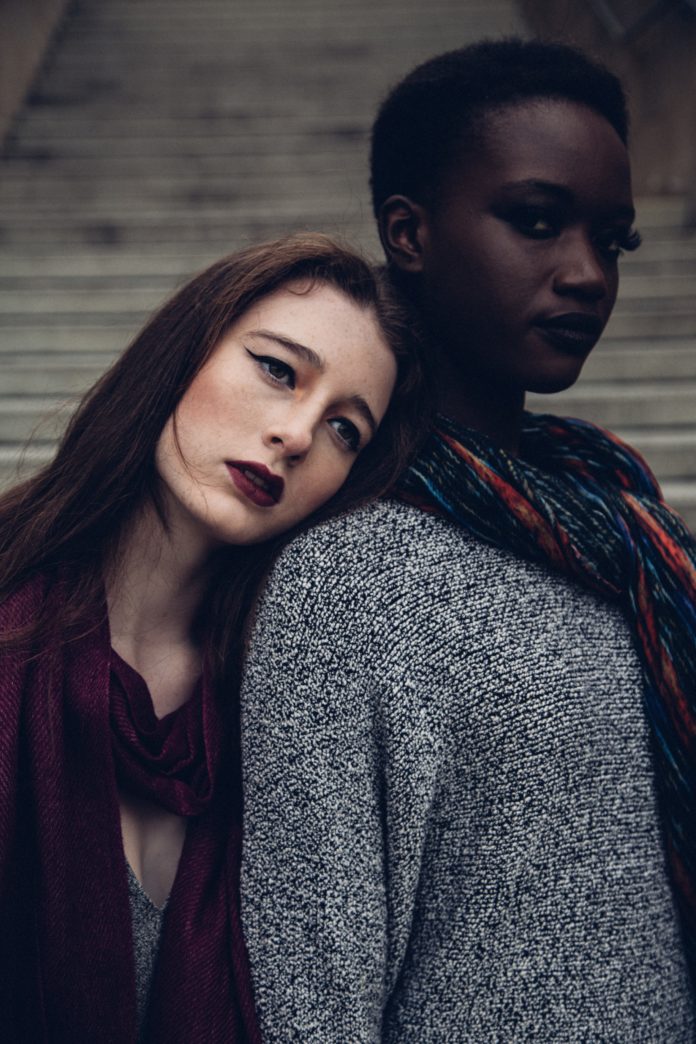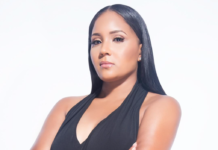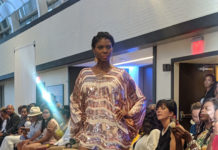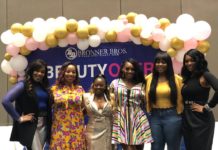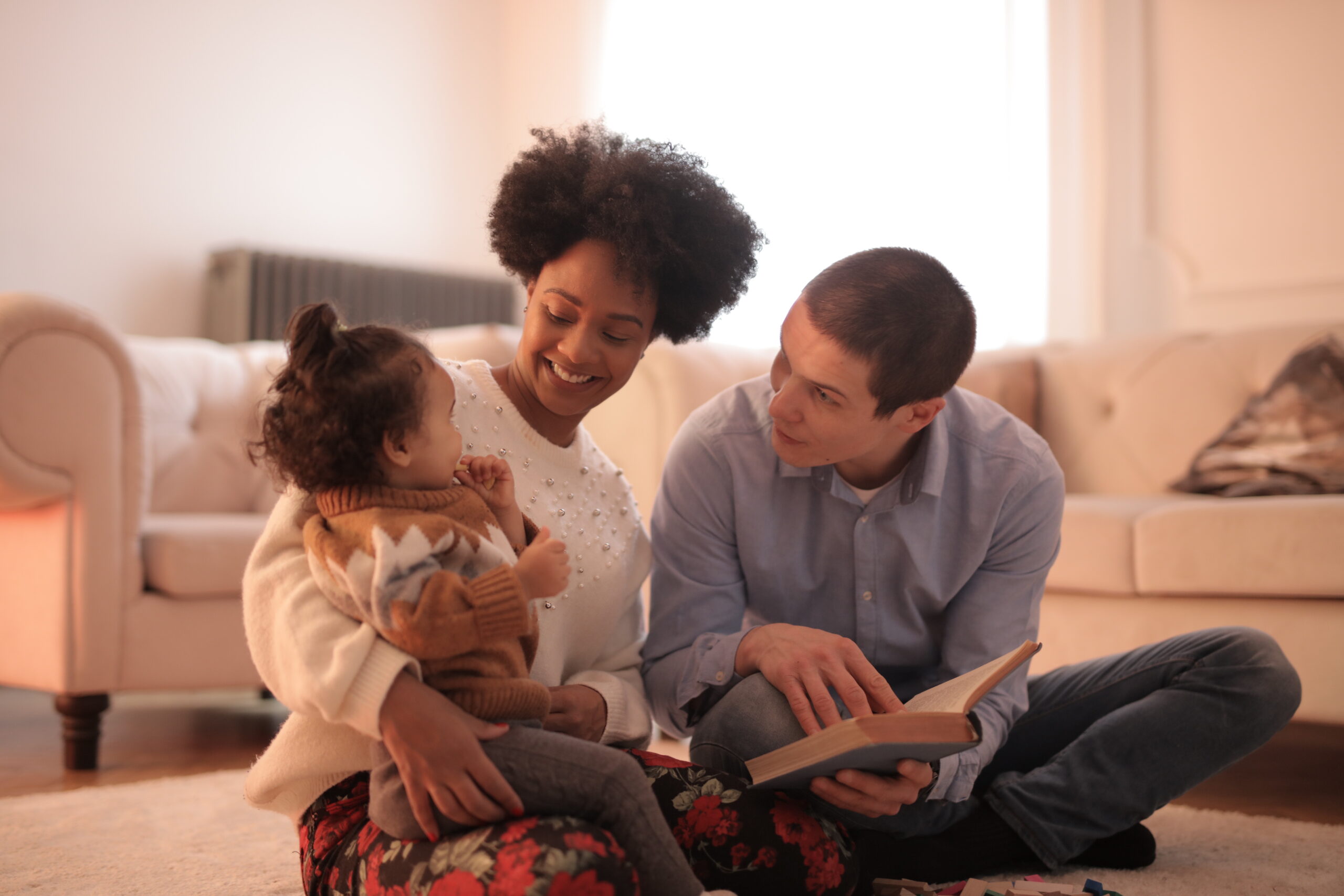Inclusivity is more than a buzzword, especially when we’re talking about fashion. Historically, fashion has always leaned more towards limited body types—usually skinny and the conventionally attractive. Fortunately, the industry is increasingly becoming more aware of the lack of representation, and has been making strides to create a more open, progressive community. From models to designers, here are four women who are leading the way for a more inclusive and diverse fashion industry.
Celai West
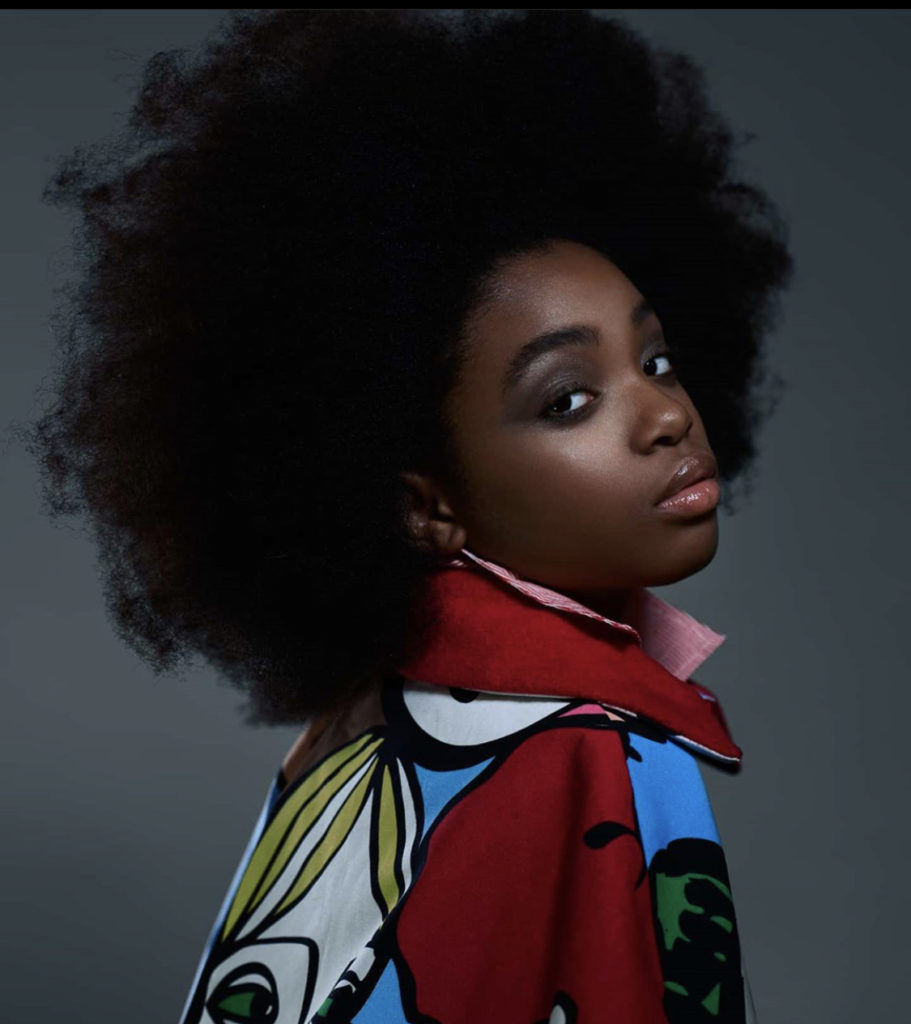
At the age of ten, Celai West made fashion history twice by being both the first African-American model and youngest runway professional to walk during New York Fashion Week (NYFW). At an even younger age of seven, she managed to kickstart her own fashion line called The Chatty Chic, which was made to encourage self-love in people with hair as “kinky” as hers. West’s passion certainly goes beyond just hair, as her true goal is to let everyone know that anybody can be beautiful—no matter what your age, race, or gender is.
Tess Holliday
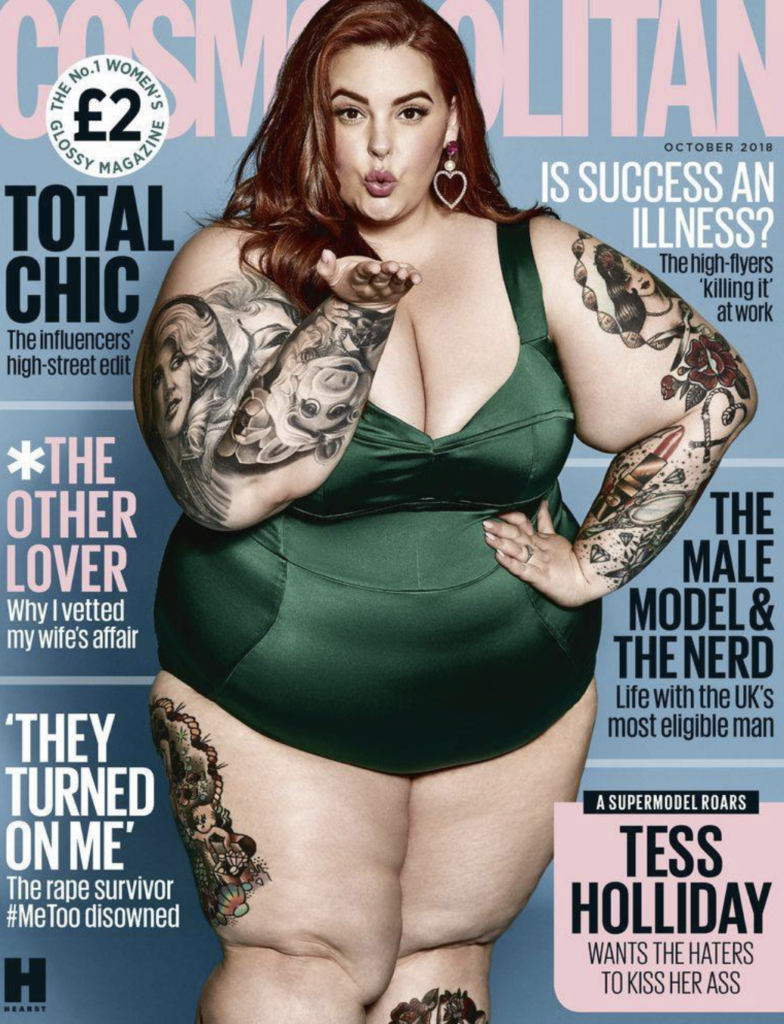
Tess Holliday made history by becoming the first plus-sized model to land a major contract and made the front cover of Cosmopolitan UK in 2018. Her emerald green bodysuit—showcasing her bare arms, legs, and all—was definitely a refreshing sight that made headlines. A few months later, she jumpstarted the movement #EffYourBeautyStandards in her pursuit to help women embrace their own bodies. Today, she has become an unstoppable force in the fashion inclusivity wave, specifically for the plus-size body movement.
Stephanie Thomas

There’s more to inclusivity than just race and curves, as fashion stylist Stephanie Thomas is leading the change among people with disabilities. For nearly 28 years, she has curated looks and wardrobes for many clients with disabilities through her website Cur8able. Thomas has since become a consultant for mega-retailers and brands like Macy’s and Beautycon Media to help find ways on how to push disability-inclusive fashion forward.
Rihanna
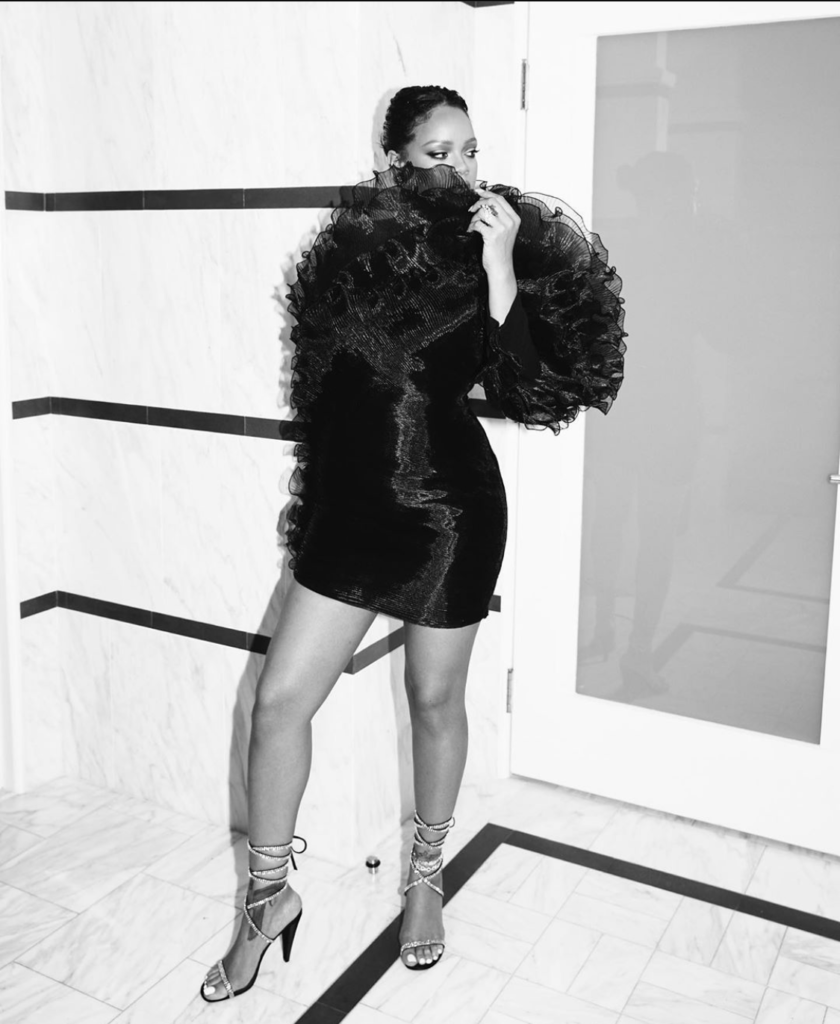
While it’s great to see luxury labels like Fluide and 11 Honoré feature models of color, there has always been an obvious lack of representation when it comes to high-end designers. Upon launching her clothing line, Business of Fashion report that R&B singer-turned-entrepreneur Rihanna became the first woman of color to have her own luxury label under LVMH. As a designer, she advocates for a holistic view of body positivity—whether it’s loving your natural skin tone, or the tattoos on your skin. True enough, her Savage x Fenty runway show last year was an absolute hit, featuring models across the entire spectrum—from trans women and drag queens, to plus sizes and different races.
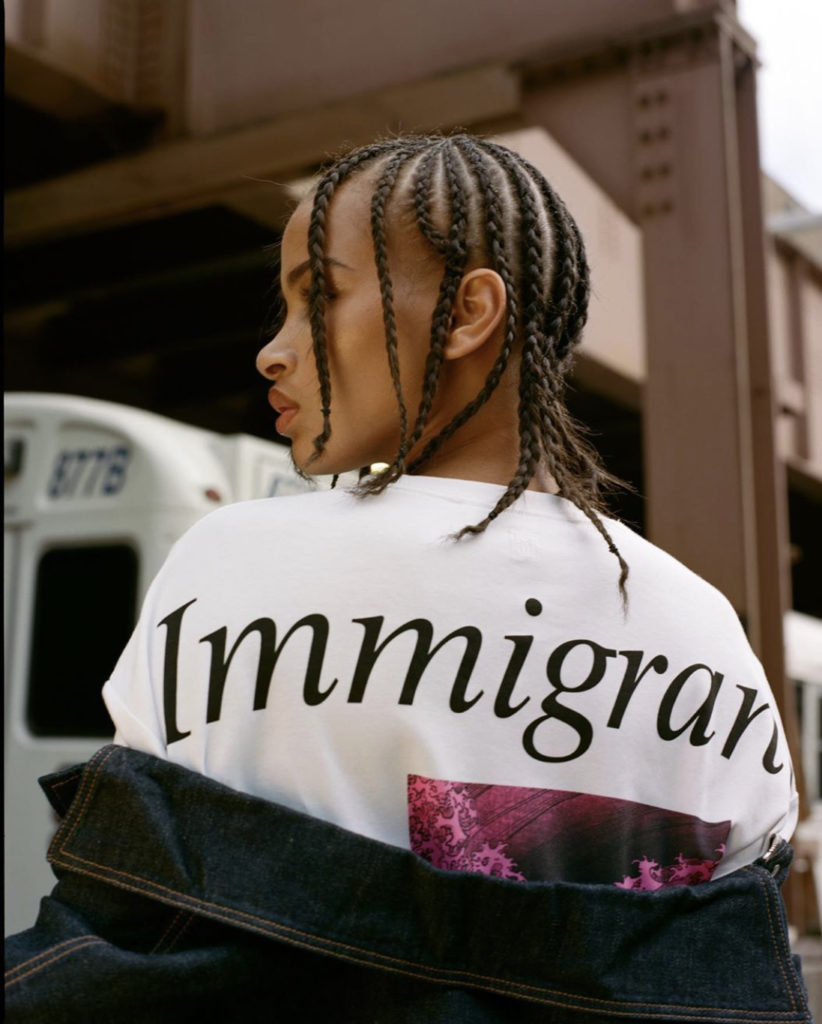
With inclusivity at the forefront of nearly every industry, brands can no longer afford to put the cause on the back burner. And it’s not enough just to include mixed models in your campaigns either—you must craft your products with a diverse audience in mind. This shift is evident among smaller retailers too. Spanish-based label Zurita, for instance, put together an entire collection for women with impairments, while making a commitment to employ people with disabilities too. On the other hand, fashion label Woman Within has created dresses to flatter curvy women, using trendy silhouettes and designs that can rival any major fast-fashion chain. Additionally, even older brands like Gap and Modcloth are refreshing their styles to accommodate this much-needed shift.
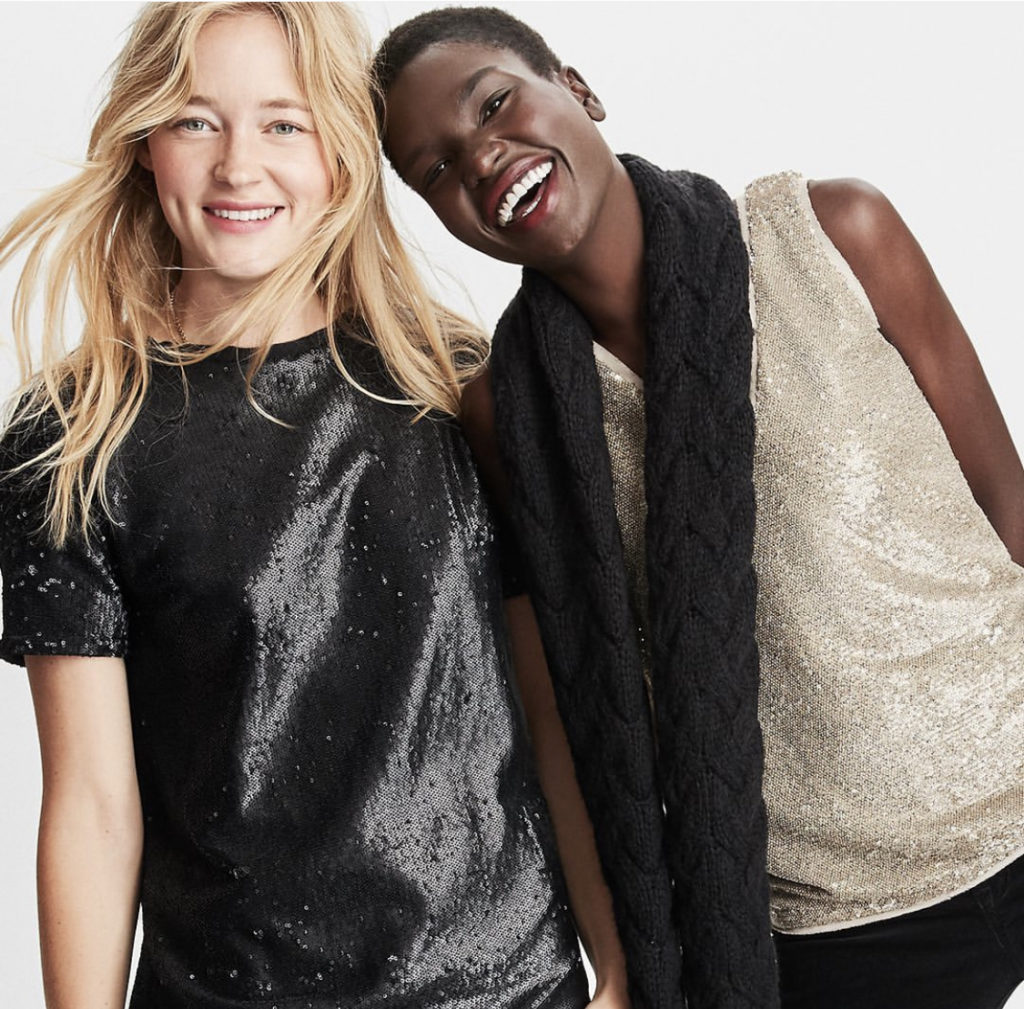
Fashion has been pushing for inclusivity for years now. However, we still have some way to go to achieve an industry where everyone gets their share of the limelight. But so long as there are people and businesses who are willing to push the cause forward, a totally inclusive and diverse fashion world may not be so far behind.

